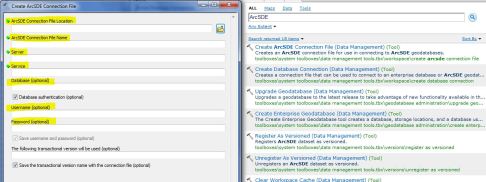Oracle fourth quarter security patch (OCT 2013) has been released.
while applying the oracle security patch on the following current setup environment:
Oracle Database 11g (11.2.0.3.7)
IBM AIX 6.1
the following errors are being thrown while applying the patch:
You have not provided an email address for notification of security issues.
Do you wish to remain uninformed of security issues ([Y]es, [N]o) [N]: Yes
Please shutdown Oracle instances running out of this ORACLE_HOME on the local system.
(Oracle Home = ‘/oraclex/oradb/product/11.2.0.3‘)
Verifying the update…
There are 1 copy files under ORACLE_HOME that are not patched.
Files check failed: Some files under ORACLE_HOME are not patched. Please see log file for details.
ApplySession failed in system modification phase… ‘Verification of patch failed: Files are not updated completely.’
Restoring “/oraclex/oradb/product/11.2.0.3” to the state prior to running NApply…
OPatch failed to restore the files from backup area. Not running “make”.
NApply was not able to restore the home. Please invoke the following scripts:
– restore.[sh,bat]
– make.txt (Unix only)
to restore the ORACLE_HOME. They are located under
“/oraclex/oradb/product/11.2.0.3/.patch_storage/NApply/2013-10-21_06-54-24AM”
UtilSession failed: ApplySession failed in system modification phase… ‘Verification of patch failed: Files are not updated completely.’Log file location: /oraclex/oradb/product/11.2.0.3/cfgtoollogs/opatch/opatch2013-10-21_06-54-24AM_1.logOPatch failed with error code 73
The Solution of this problem is the following:
before applying the Oracle Security Patch, Run “slibclean” on your Unix IBM AIX server.
Also make sure that no processes are still running in the database such as “listener”.
command used: /usr/sbin/slibclean
Refrence Link for slibclean command: http://publib.boulder.ibm.com/infocenter/pseries/v5r3/index.jsp?topic=/com.ibm.aix.cmds/doc/aixcmds5/slibclean.htm

